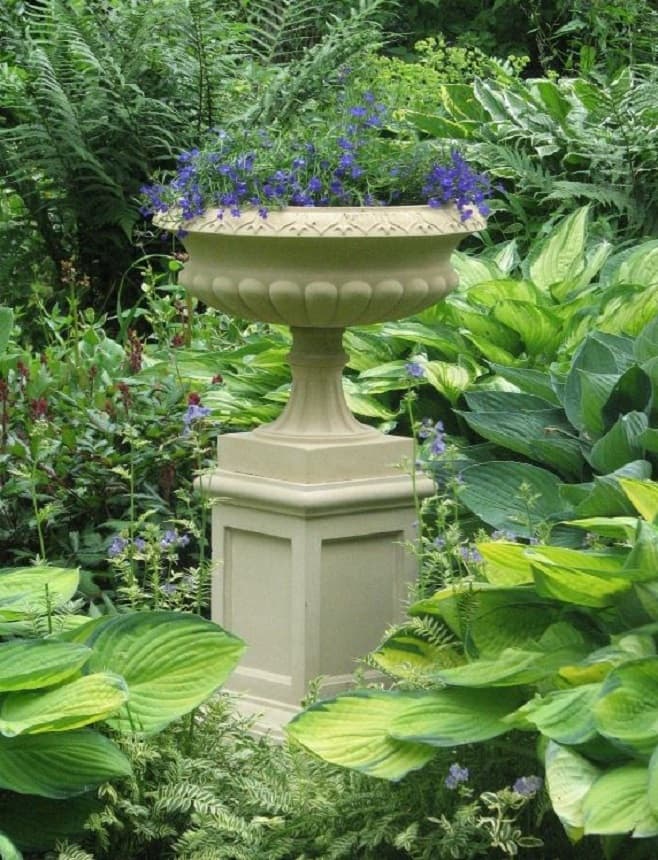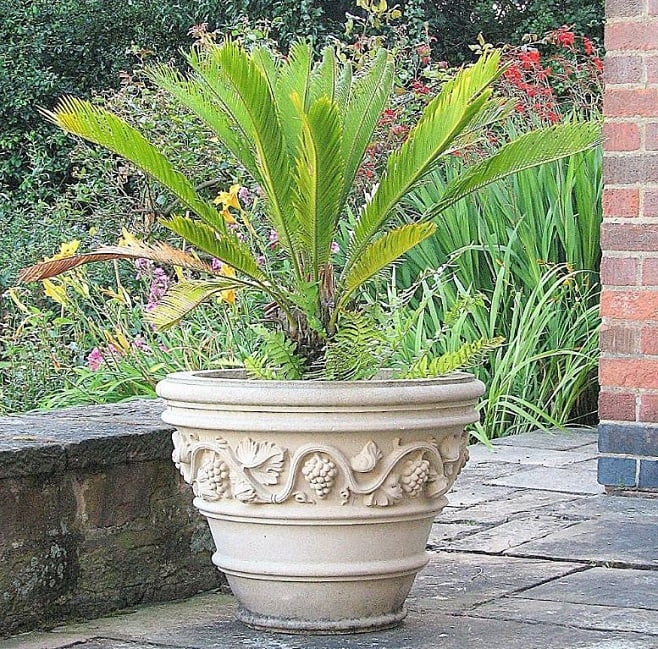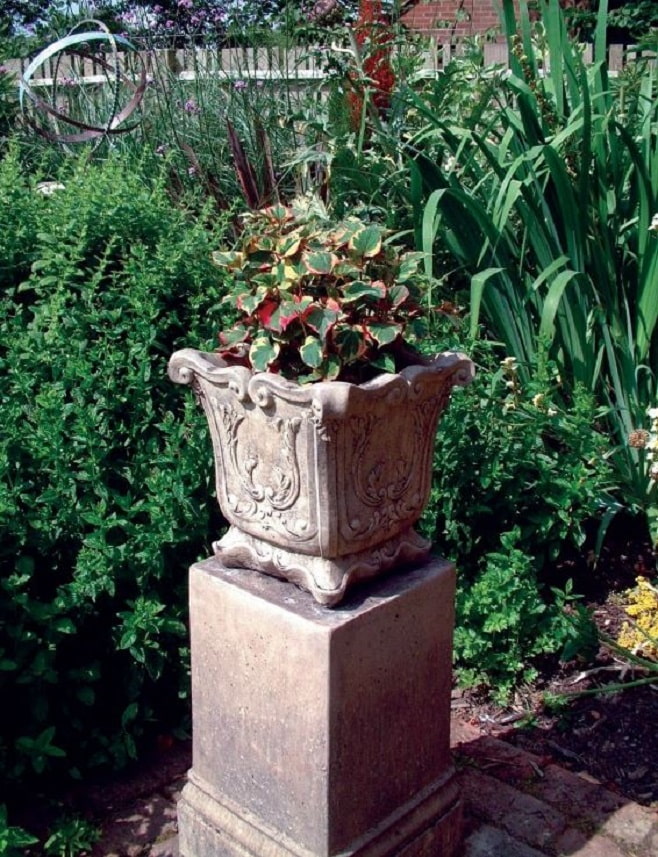Imagine sleeping in a bed too small to stretch your legs. Or sitting at the head of a 5m banquet table while your dinner is served on the other end. How about living in a metal container in the heat of summer or a dilapidated hut in the dead of winter? Sounds icky, right? Well, that’s probably how plants potted in the wrong size or poor quality containers got it.
Garden pots and planters come in a variety of beautiful designs, shapes, and colors. While it’s easy to fall in love with a certain container solely because of its aesthetic value, that’s not the only thing to consider when shopping for flowerpots and planters. Choosing the wrong home for your plants can lead to serious growth problems, pest infestations, and other dreaded situations all plant parents fear. To avoid such scenarios, you need to carefully plot your outdoor pots and planters.
Pots vs Planters

Are planters the same as pots? Although these terms are often used interchangeably, pots and planters serve different purposes. Pots come in various sizes, but they’re generally smaller containers designed to hold one plant. Planters are larger, designed to contain many plants instead of just one sprout. The latter is often used outdoors to create mixed flower and plant arrangements for the garden.
Outdoor vs Indoor Pots and Planters
What is the difference between an indoor and outdoor planter? Can you use your indoor flowerpots in the garden? Well, it’s usually advisable to avoid doing so. To keep your plants thriving and looking amazing, you need to buy sturdy and durable outdoor pots and planters. These containers are better able to withstand the rigors of the elements and keep your plants safe from excessive heat or cold. But just because something is labeled for outdoor use, that doesn’t mean it’s the right choice which leads us to the next point.
Materials
 Terracotta, wood, metal, plastic, stone, there’s a wide range of materials to choose from when shopping for outside planters. Although terracotta is a much-loved choice, these pots can easily crack or break under the pressure of the elements. Moreover, terracotta pots and planters can make it impossible to keep up with watering due to their porous nature.
Terracotta, wood, metal, plastic, stone, there’s a wide range of materials to choose from when shopping for outside planters. Although terracotta is a much-loved choice, these pots can easily crack or break under the pressure of the elements. Moreover, terracotta pots and planters can make it impossible to keep up with watering due to their porous nature.
Then, while wood containers have good water retention, they are often subject to rot. Plus, since wood shrinks and swells with moisture, these containers may crack or lose their shape over time. One of the ways to prevent this is to line the wooden flowerpot with plastic and keep it off the ground.
Next, there are the metal containers which are quite heavy and virtually indestructible, perfect for stabilizing tall plants. However, since metals attract heat, these can get scorching hot under the sun and cause the soil to dry out quickly and burn your plants’ roots.
Last but not least, there are extremely durable stone pots and planters. Thanks to the insulating properties of stone, these planters can be left out over winter and summer. However, keep in mind that stone planters are quite heavy. While this is a great feature for stabilizing big plants or preventing pets from knocking plants over, it might be a problem if you plan to frequently move your plants around.
Size
A planter too big or a planter too small can have a serious negative effect on plant health and growth. If the planter is too big for its occupant it may lead to root rot because the soil dries out slowly. On the other hand, if the planter is too small it may constrict the plant’s roots and slow down growth. The safest way to go about it is to buy garden planters and pots that are at least 2-3cm wider than the plant’s root mass to allow room for growth. If the plant is currently in a pot and it’s time for repotting, you should go 3 to 5cm larger than the current size.
Drainage
Another important thing to consider when shopping for flowerpots and planters is the drainage. Holes on the bottom of the container are essential for proper drainage because they allow the excess water to escape, thus protecting your plants from root rot. But what if a gorgeously crafted yet non-perforated planter catches your fancy? That’s easy, you can either drill the holes yourself or use a slightly smaller perforated container on the inside.
Function
 Apart from containing your plants, pots, planters, and troughs can serve as landscape design features and decor elements. For instance, if you have a huge garden, you can plant tall plants in slimline troughs and use them to seclude a private courtyard. Or if your garden seems monotonous, you can use planters of various shapes and sizes to break up the space and add visual interest. Another great way to incorporate height and levels into your landscape is to put your planters on garden plinths and pedestals.
Apart from containing your plants, pots, planters, and troughs can serve as landscape design features and decor elements. For instance, if you have a huge garden, you can plant tall plants in slimline troughs and use them to seclude a private courtyard. Or if your garden seems monotonous, you can use planters of various shapes and sizes to break up the space and add visual interest. Another great way to incorporate height and levels into your landscape is to put your planters on garden plinths and pedestals.
Regarding the ornamental purpose, it’s best to choose pots and planters that complement your interior and exterior to create a seamless transition between the inside and the outside. When shopping for outdoor garden planters UK-wide, you’ll discover a myriad of styles from traditional to ultra-modern, so you’re bound to find the perfect match for your space. If you’re planning on splurging, opt for skillfully handcrafted designs to add to the aesthetic appeal of your lush plants.
With warm weather slowly approaching, you’ll need to get your hands dirty and repot your plants soon enough, so now is the perfect time to shop for new pots and planters for your garden and welcome spring prepared.